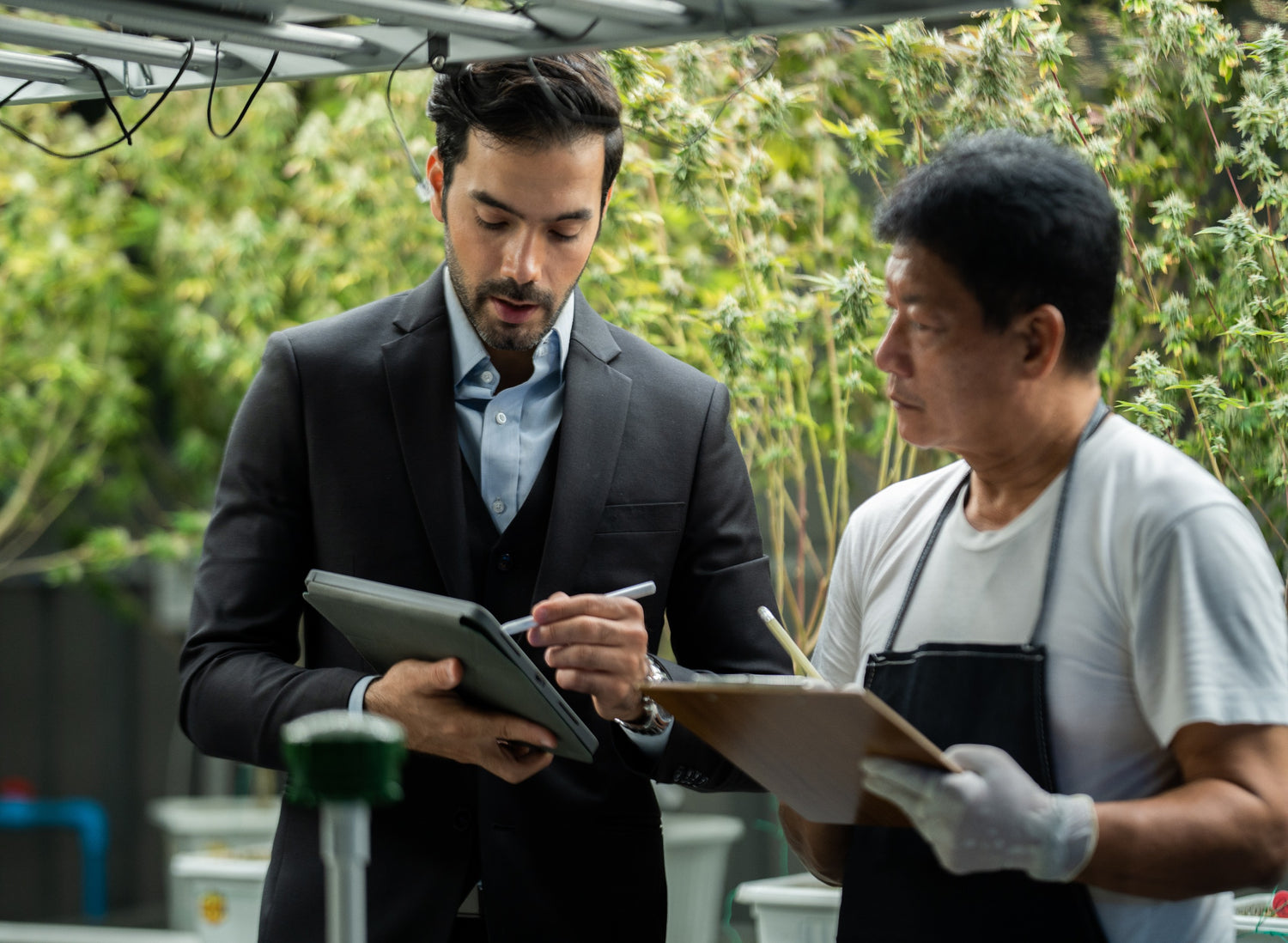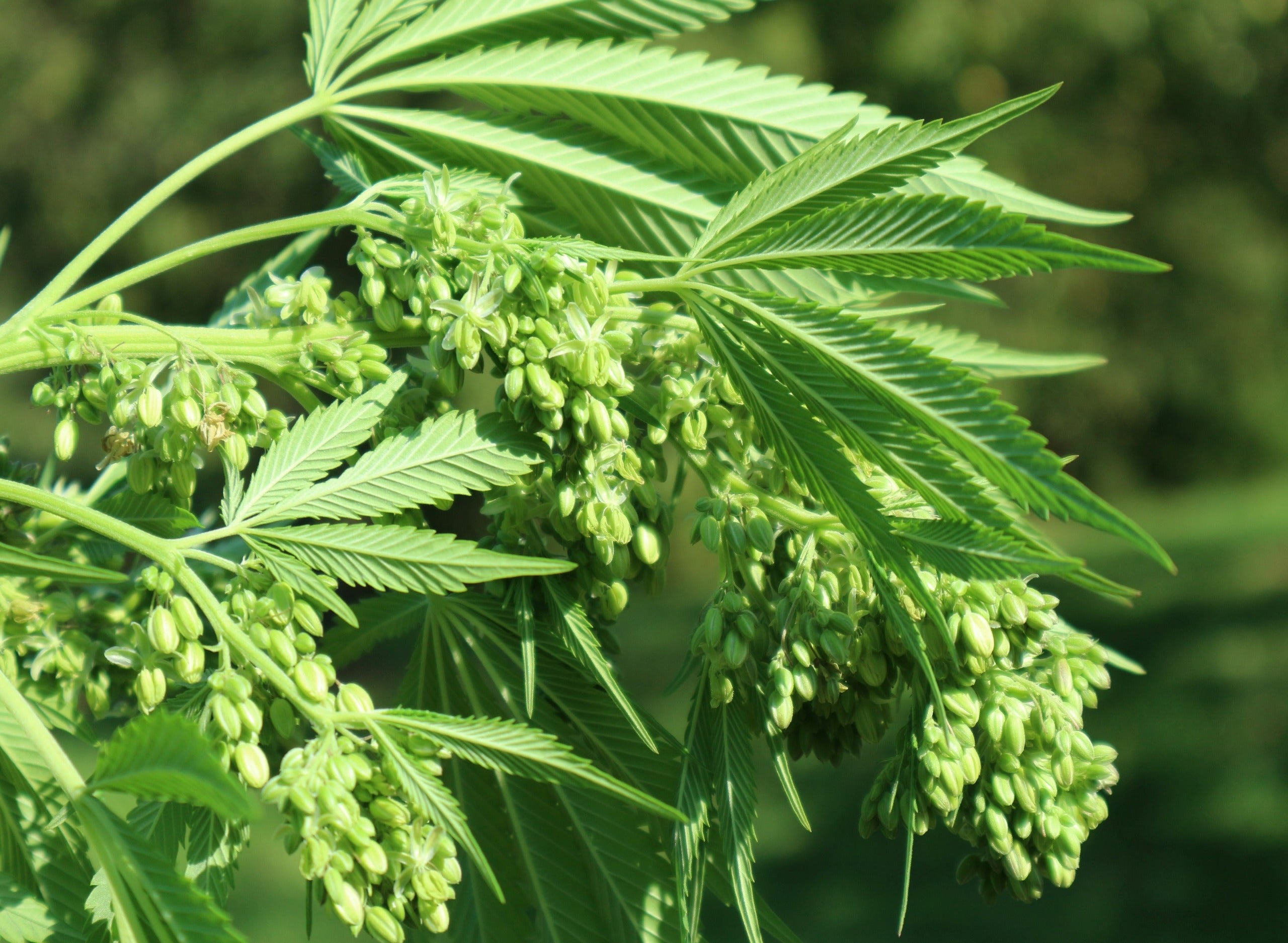Growing organic cannabis in a natural and sustainable way can not only be rewarding, but insanely affordable. Knowing the key ingredients for your soil, foliar sprays, feeds, and top dressings can help you grow, sell and smoke some amazing naturally grown weed after every harvest. This article will give you all the dirty little secrets about growing cannabis organically and help cultivators kill the game from one season to the next.
What We Will Cover:
- Building the perfect organic soil for your crop
- Organic cannabis feeds
- Top dressing your plants
- Organic foliar sprays
- Eco-friendly unique cannabis packaging for your final product
Building the Perfect Organic Soil
It is no secret that some of the best weed strains have been showing off for decades and it all started by growing weed organically. We have compiled decades of knowledge to create a go-to guide that even the most novice of cultivators can grow from. Everything begins with the soil when growing cannabis organically. Not only is soil a great medium to grow organic cannabis, but it is a brilliant way to get your weed the nutrients it needs. Let’s focus on the Macro/Micronutrients your cannabis plants need to thrive and the key components you can add to your organic soil to yield some perfectly potent product!
Getting Your Macronutrients
Cannabis plants require a variety of nutrients to grow and yield a generous harvest. The necessary nutrients are divided between macro and micro, meaning that cannabis plants need macronutrients in larger amounts. The main macronutrients involved in plant nutrition are known as NPK (nitrogen, phosphorus, and potassium). Calcium, magnesium, and sulfur are also key players when it comes to macronutrients for your cannabis plants.
- Organic Nitrogen Sources: Worm castings, blood meal, fish meal, bat guano
- Organic Phosphorus Sources: Bone meal, rock dust
- Organic Potassium Sources: Wood ash, kelp meal
- Organic Calcium and Magnesium: Dolomite lime
Getting Your Micronutrients
Small amounts of micronutrients are also important for your cannabis plants when wanting to keep them strong, healthy and growing to their full potential. Boron, cobalt, copper, chlorine, iron, manganese, molybdenum, silicon, and zinc are key nutrient compounds to focus on outside of your macronutrients. Here are some additives you can use to compliment your soil.
- Alfalfa and Kelp meals: These can provide a diversity of accumulated micronutrients when used as soil inputs.
- Mycorrhizal fungi: By forming a symbiotic relationship with the roots of plants.these fungi help your cannabis to absorb nutrients from the soil while improving soil structure and water retention.
Using organic soil amendments for cannabis plants can provide so many amazing benefits, including natural nutrients, improved soil quality, promotion of soil life, improved flavor and aroma, and cost-effectiveness.
Organic Cannabis Feeds
Building the greatest soil utilizing the ideal blend of nutrient-rich compounds is essential for organic weed cultivation, but you also need to add a well-rounded feed to your soil to keep your plants happy and healthy. Though there are quite a few options when it comes to feeding your cannabis plants organically the most common is compost tea. Check out our killer compost tea recipes for both the vegetative and flower stages of your cannabis plants.
Compost Tea Recipe for Cannabis in Vegetative Stage:
- Compost or guano or meal (high in nitrogen) – 2 cups
- Worm castings – 1 cup
- Humic acid – 1/2 cup
- Sea kelp – 1 to 3 tablespoons
- 20 liters of water
- Brew for 24-48 hours
Compost Tea Recipe for Cannabis in Flowering Stage:
- 2 cups of compost or guano or meal (high in nitrogen)
- 1 cup of worm castings
- 1 tablespoon of powdered or liquid kelp/seaweed
- 120g of molasses
- Mix and brew for 24-48 hours. Dilute the tea with water at a ratio around 1:20 when applying it to roots.
Top Dressings and Foliar Sprays
Another amazing way to feed and assure your plants are getting enough nutrients to grow to their full potential are top dressings and foliar feeds. Top-dressing is the practice of adding materials to the top of the soil, around the base of the plant. As the materials break down and get watered in, the plant will be able to uptake these nutrients. Some great materials that can be used for top-dressing include malted barley, neem, kelp, alfalfa meal, and worm castings.
A fun addition to your feeding cycle and a great way to keep pests at bay is organic foliar sprays. Foliar spraying is an application method of feeding cannabis plants by spraying a nutrient solution directly onto the leaves. This technique can quickly top off micronutrient levels in plants and help with diseases, pests, and plant stress. Not to mention, it is a great way to get your plants nutrients when your soil medium is still saturated. Some natural ingredients that can be used for foliar sprays are neem oil, potassium soaps, aloe vera, milk, cayenne pepper, and cinnamon.
Organic Cannabis Packaging
When it comes to organic cultivators and packaging their weed there is no better way to express their products than sustainable 100% recyclable cardboard cartridge boxes and pinch-n-slide mylar strain bags. All the top weed brands showcase their story and cater their cannabis packaging for different audiences. Here are some unique ways to brand your cannabis the organic way:
- Hemp materials are a sustainable option for cannabis packaging. It can be used to make a variety of packaging products that are great for cannabis from boxes to bags and labels.
- Ocean-Reclaim Plastics: Ocean-reclaim plastics are made from plastic waste that has been collected from the ocean. This is a sustainable option that helps to reduce plastic waste in the ocean.
- Biodegradable Packaging: this type of packaging is made from materials that can be broken down by natural processes. It is a sustainable option that helps to reduce waste and pollution.
There are many options for organic cannabis packaging that are sustainable and environmentally friendly. Businesses in the cannabis industry should consider these options to reduce their environmental impact and appeal to environmentally-conscious consumers. From fresh clean looking weed strain labels to serene color-schemed logos, eco-friendly packaging can make your organic-grown cannabis next level.














Leave a comment
All comments are moderated before being published.
This site is protected by reCAPTCHA and the Google Privacy Policy and Terms of Service apply.